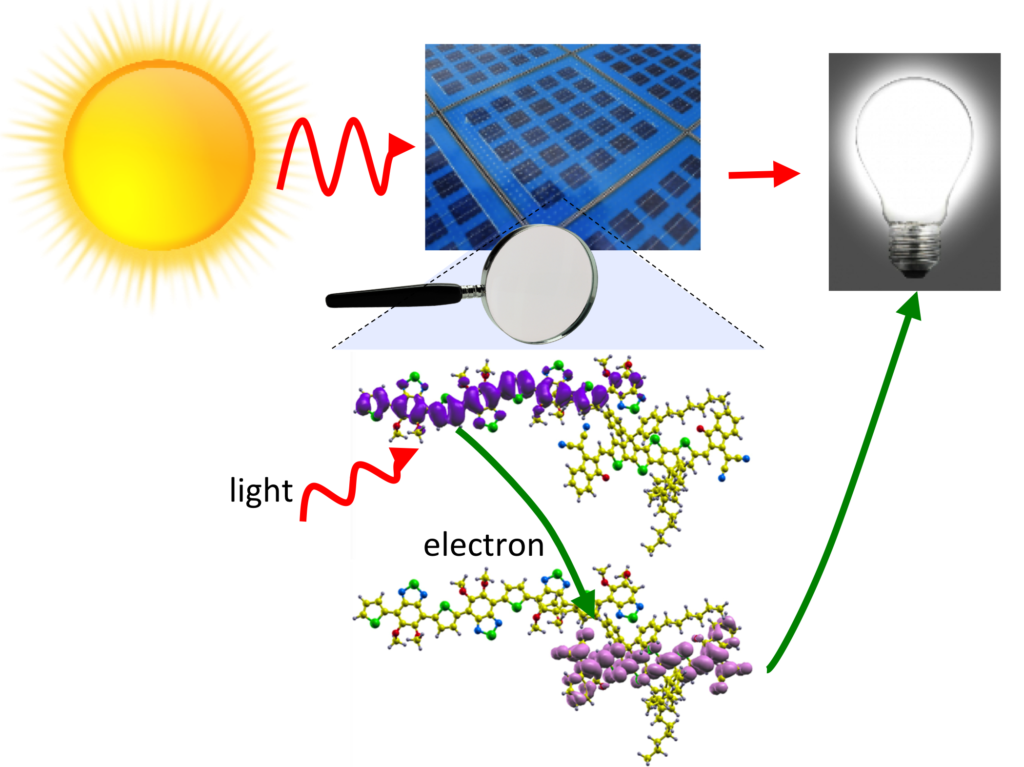Geomoltools is a set of eight pre- and post-treatment Fortran codes that can be used to easily manipulate molecular geometries, allowing to minimize the average energy obtained for a range of internuclear distances for the dimers of each element, and decrease the computational cost of a DFT calculation.
The set of codes are:
- mol2xyz: converts a .mol file into an ordered .xyz file
- pastemol: joins two .xyz files
- movemol: translates and aligns the molecule with some predefined axes
- stackmol: generates (manually or randomly) different stacking arrangements between two molecules
- geodiff: compares the internal coordinates of two molecules
- xyz2zmt_s: converts the cartesian coordinates contained in a .xyz file into Z-matrix (2 possible formats)
- zmt2xyz_s: converts a Z-matrix (from 2 possible formats) into cartesian coordinates
- ucubcellgen: calculates the vectors of a unit cell given some atomic coordinates.
Modules source codes can be found here. For a detailed explanation of the main programs, please have a look to this file. A complete tutorial on how to use the different codes from the package Geomoltools in order to manipulate (rotate, translate, join, pack, convert, etc.) molecular geometries, can be found at this address.
Motivation and exploitation
These modules have been used to study the stacking arrangements of acceptor:donor molecules for organic photovolatics polymers by high-throughput computation with the SIESTA code. This set of codes are available under the GNU General Public License (GPL) version 2.

